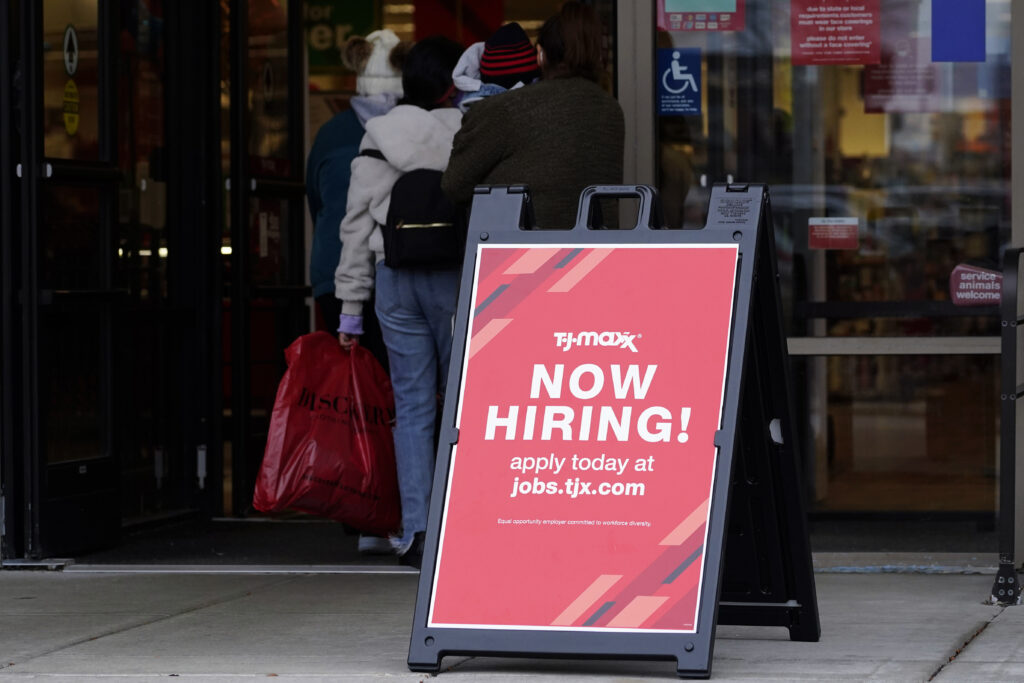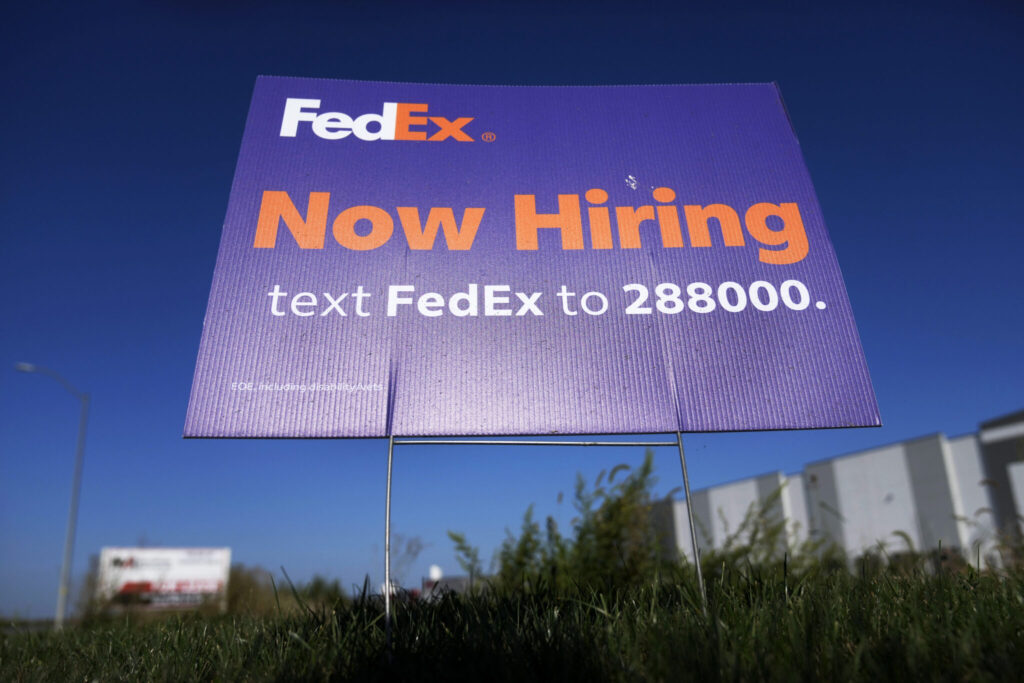Unemployment benefits decline/ jobless claims decrease/ U.S. labor market improvement/ Newslooks/ WASHINGTON/ J. Mansour/ Morning Edition/ Jobless claims in the U.S. fell to 218,000 last week, marking a four-month low and beating expectations. The recent decline follows two straight weeks of drops after a summer of modest increases, suggesting the labor market is stabilizing. This comes amid the Federal Reserve’s decision to cut interest rates in response to slowing job growth and receding inflation.

Quick Looks
- U.S. unemployment claims dropped to 218,000 last week, marking the lowest level in four months.
- Federal Reserve recently cut its interest rate, responding to signs of a weakening labor market and cooling inflation.
- Despite modest job gains, the labor market shows signs of slowing, with jobless benefits applications declining after rising over the summer.
U.S. Jobless Claims Drop to Four-Month Low
Deep Look
The number of Americans applying for unemployment benefits dropped last week to its lowest level in four months, signaling potential resilience in the U.S. job market amid slowing economic growth. According to the Labor Department, jobless claims fell by 4,000 to 218,000 for the week ending Sept. 21, beating analysts’ expectations of 224,000. This is the lowest number of claims since mid-May.
The four-week average of claims, which smooths out the volatility of weekly data, also declined by 3,500 to 224,750, showing that recent drops may indicate a broader trend in the labor market.
Jobless claims are often viewed as a key indicator of layoffs across the country. While the number of filings has been on a slight rise since late spring, it now appears to be stabilizing, with two consecutive weeks of declines.
Slowing Job Market and Fed’s Rate Cut
While jobless claims remain at historically healthy levels, the recent increase earlier this summer indicated that high interest rates were starting to affect the labor market. This uptick in layoffs, combined with other labor market data, prompted the Federal Reserve to take action.
Last week, the Fed cut its benchmark interest rate by half a percentage point—the first rate cut in four years. This move came after a series of rate hikes throughout 2022 and 2023 had pushed the federal funds rate to 5.3%, a two-decade high. The Fed’s primary focus had been to curb inflation, but with consumer prices now receding and job growth slowing, the central bank is shifting gears to support the labor market.
The Fed’s goal is to engineer a “soft landing,” a delicate balancing act of curbing inflation without triggering a recession. According to Federal Reserve Chair Jerome Powell, inflation is nearing the Fed’s target of 2%, which prompted the recent rate cuts.
Labor Market Adjustments
Throughout the first four months of 2024, applications for unemployment benefits averaged 213,000 per week. However, this number began to climb in May, reaching 250,000 in late July. The increase fueled concerns that rising interest rates were putting the brakes on the U.S. job market, which had been running hot throughout the pandemic recovery period.
Despite these challenges, the latest jobless claims data suggests a potential rebound. Employers added 142,000 jobs in August, up from just 89,000 in July. Although this represents an improvement, it’s still below the January-June average of nearly 218,000 jobs per month.
In another sign of the labor market’s slowdown, the Labor Department recently revised its job growth numbers, reporting that the U.S. economy added 818,000 fewer jobs between April 2023 and March 2024 than initially estimated. This downward revision further highlighted the cooling labor market and influenced the Fed’s decision to reduce interest rates.
Total Unemployment Claims
As of Sept. 14, the total number of Americans receiving unemployment benefits rose by 13,000 to approximately 1.83 million, according to the Labor Department’s report. While the overall numbers remain relatively low, this slight increase reflects ongoing adjustments in the labor market as it responds to fluctuating economic conditions.
With the latest jobless claims data showing positive signs of stabilization, the coming weeks will be critical in determining whether the Fed’s rate cuts can maintain momentum in supporting the labor market while continuing to ease inflationary pressures.







